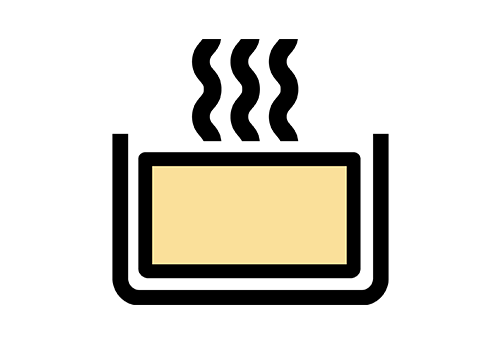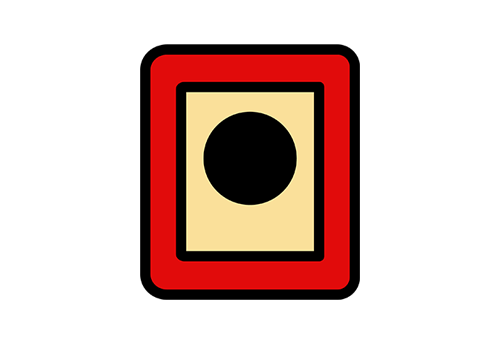
The cows make it all possible
Our raw milk is single-sourced from a dedicated herd of Holstein and Jersey cows.

Milk
Milk goes into the cheese vat where it is gently warmed.

Cultures and Rennet
Friendly bacteria called “starter cultures” are sprinkled on the milk which help develop flavors and stabilize the cheese during aging. Rennet, an enzyme, is added to coagulate, or curdle the milk.

Cutting the Curd
The curds are cut, stirred and separated from the liquid whey, a natural byproduct of milk. The curds are then stacked and milled, salted and hooped into big moulds.

Draining the Whey
The liquid whey is drained into the whey house outside. It is stored in a tank, and then spread as a natural fertilizer on the fields.

Aging Process
The hooped cheese is prepared for the aging process. Raw Milk cheeses must be aged a minimum of 60 days in the U.S.A.

Waxed, Labeled and Ready
When our cheddar is ready, each block is dipped in hot wax which is the way Plymouth Cheese has been packaged for over 130 years.

Feeding Our Community
We donate cheese monthly to the Vermont Food Bank and the Bethel Food Shelf.
Enjoy!
• Aged cheeses, such as our Hunter Cheddar, contain little to no lactose. The older the cheese, the lower the lactose.
• It takes about 10 pounds of milk to make 1 pound of cheese.
• Consuming cheese (especially Cheddar) immediately after meals has been shown to prevent tooth decay.
• More cheese is produced annually worldwide than coffee beans, tea leaves, cocoa beans and tobacco combined.
